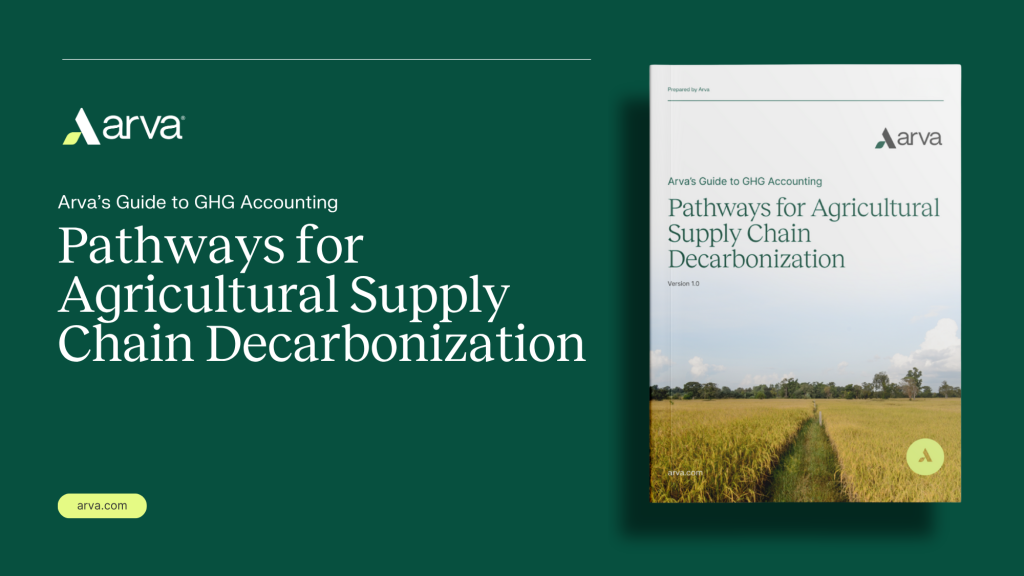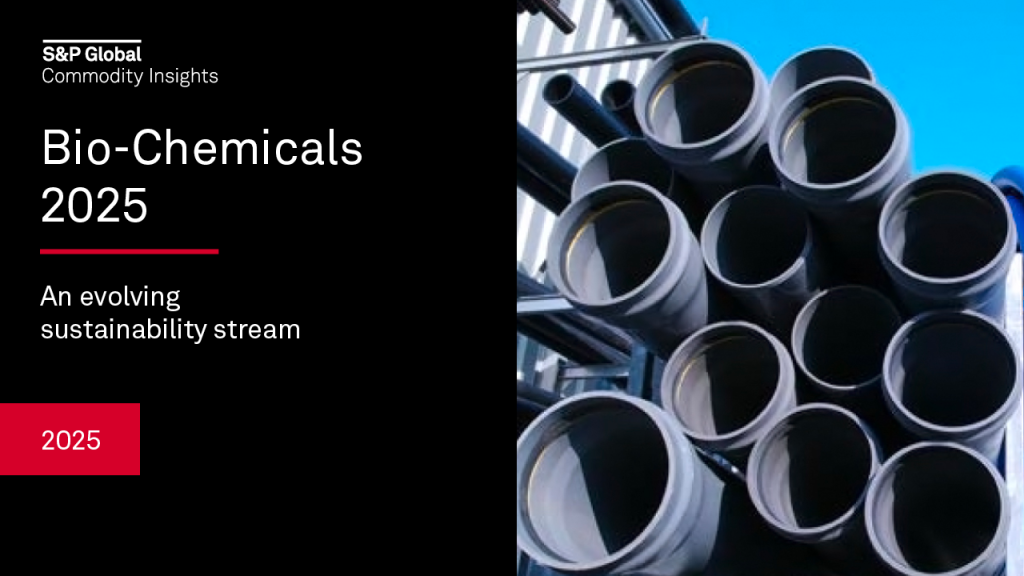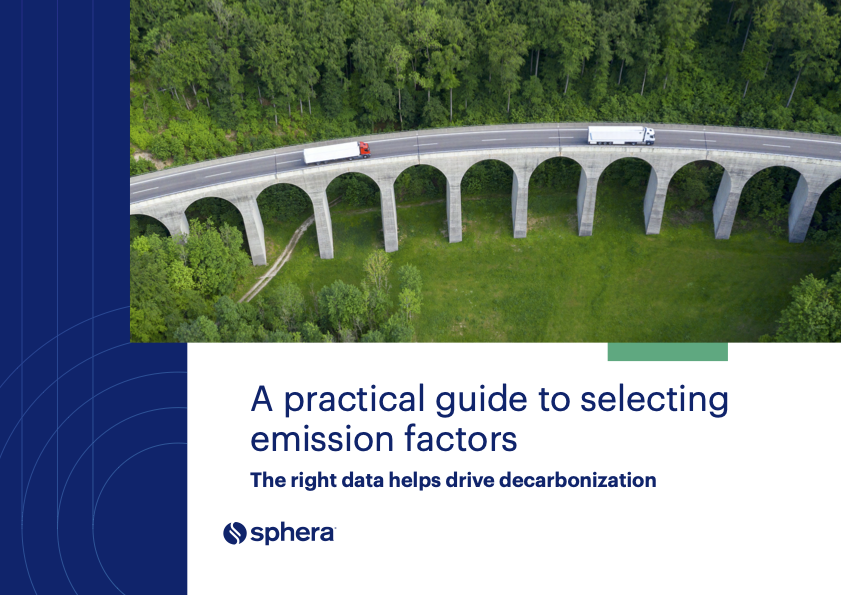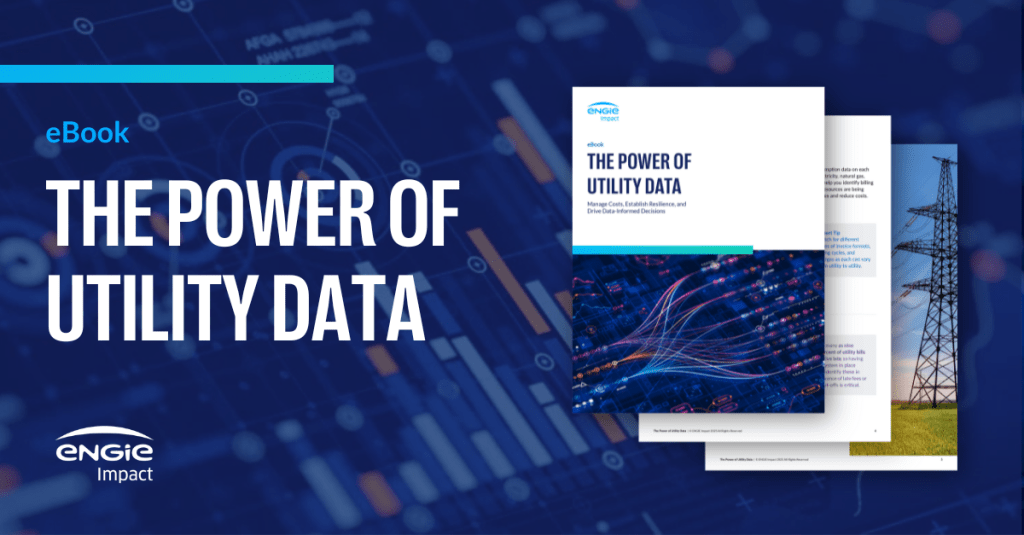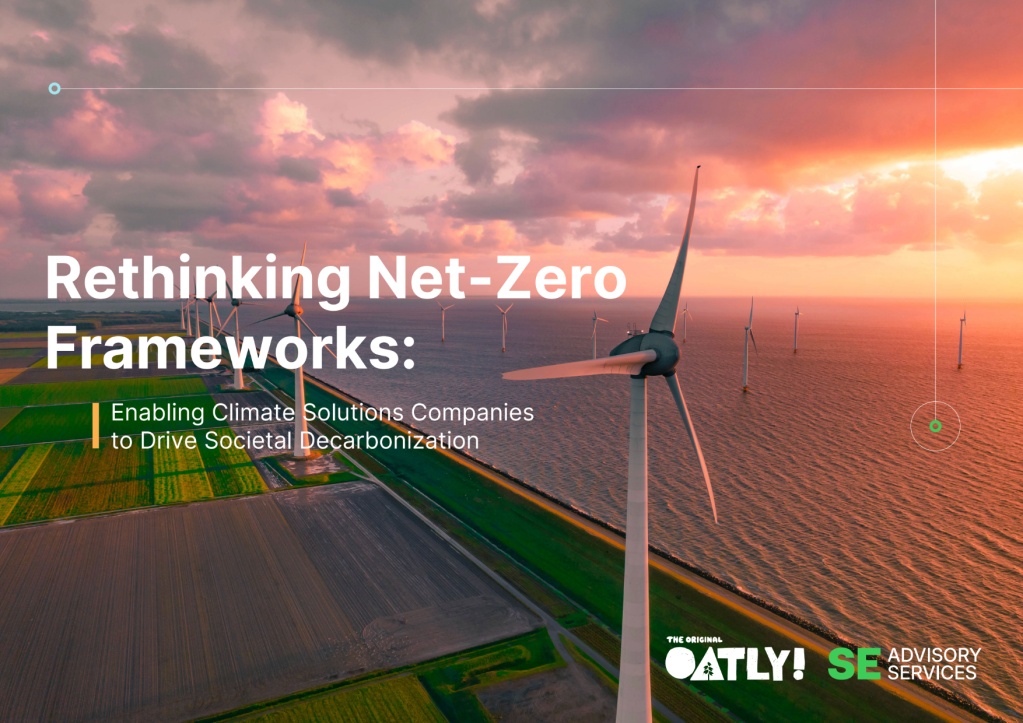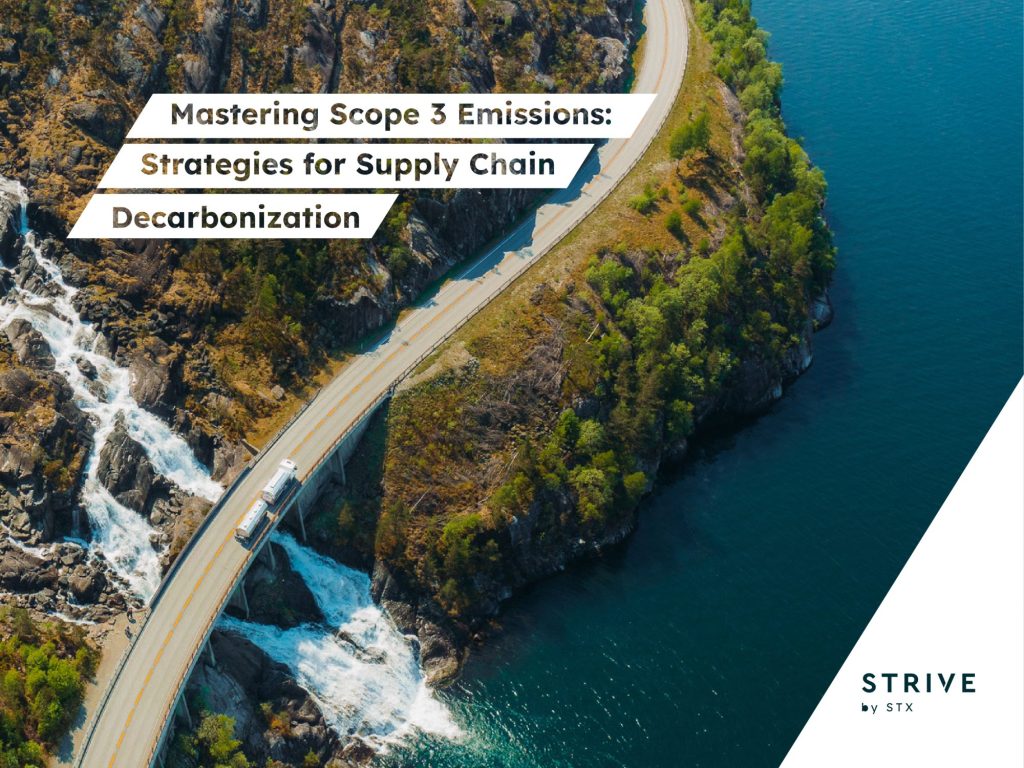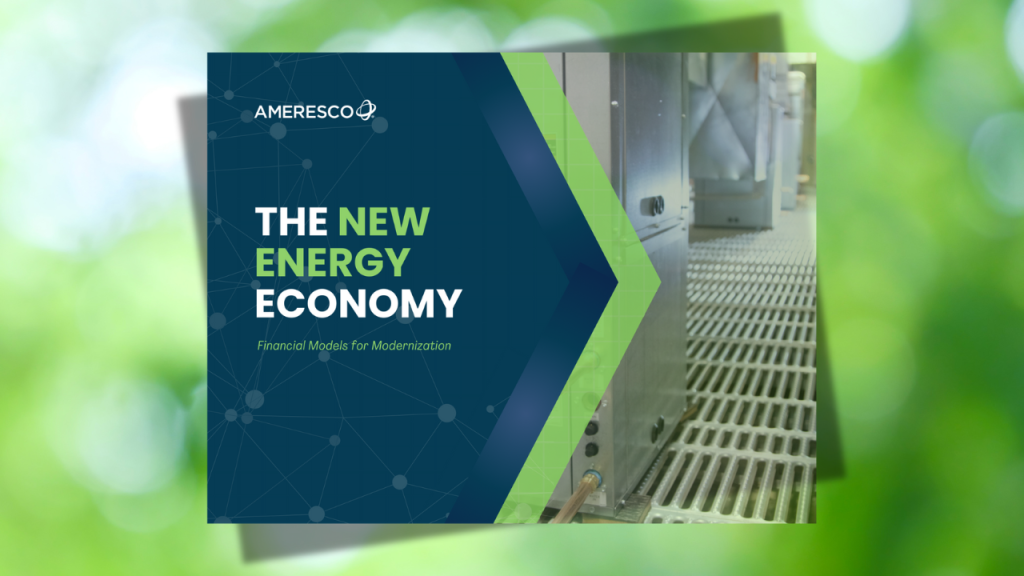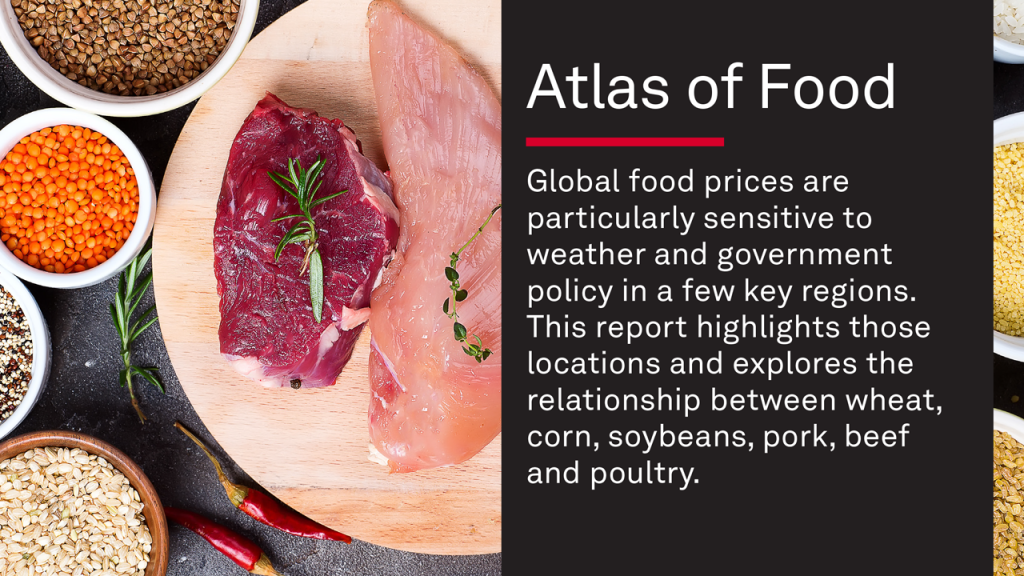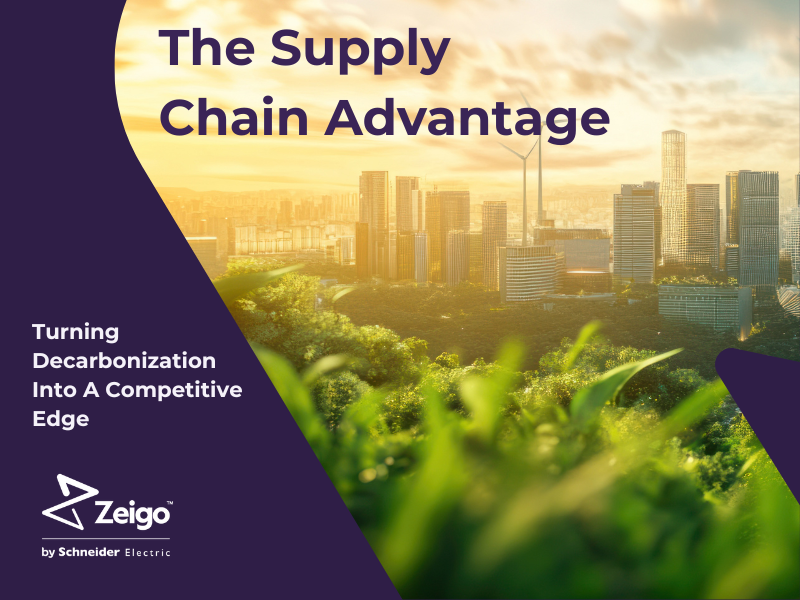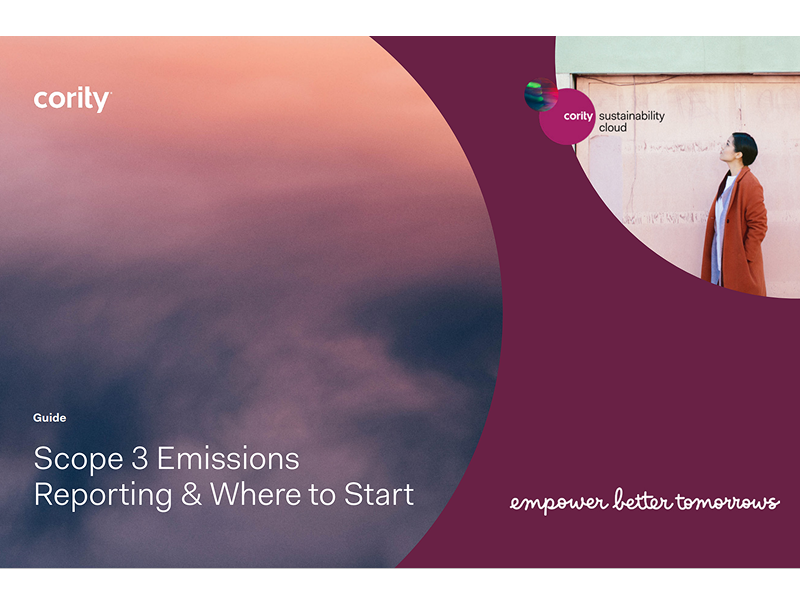How U.S. dairy aligned an industry around voluntary action
U.S. dairy’s voluntary sustainability framework shows how shared values can move a sector forward. Read More
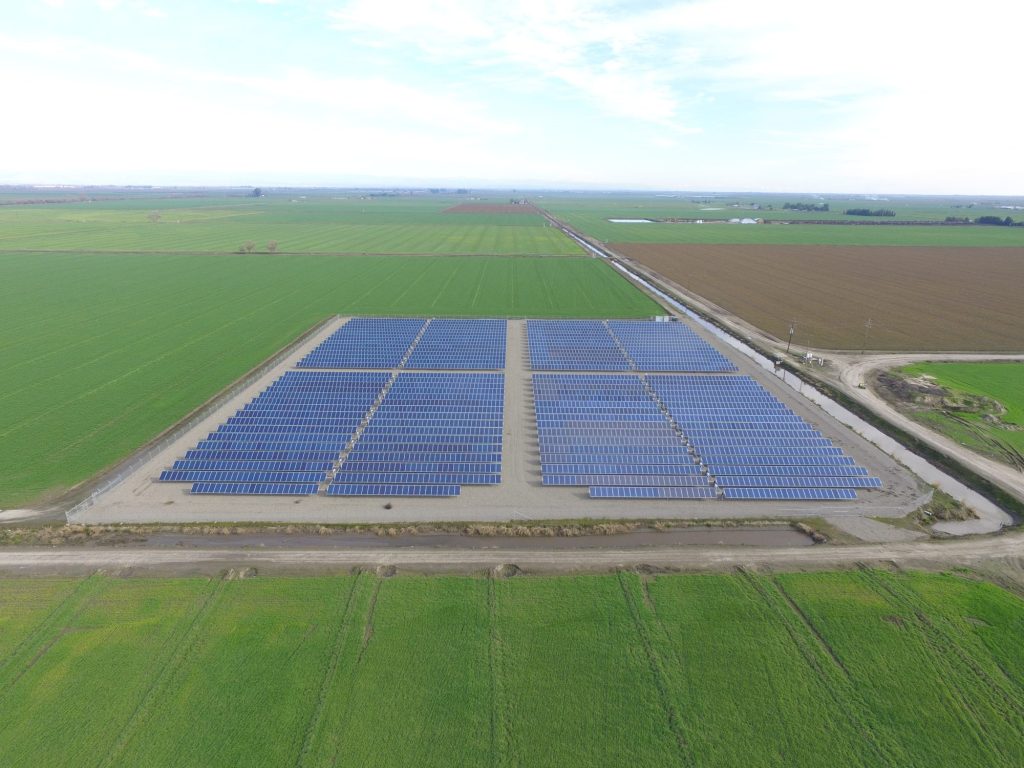
In a food system defined by complexity, fragmentation and rising expectations, the U.S. dairy community chose an uncommon path. We didn’t wait to be told what to do. We acted on shared values, building alignment not through regulation but through responsibility.
As I approach retirement after more than 30 years in food and agriculture, one of the most rewarding efforts I’ve been part of is helping shape the U.S. Dairy Stewardship Commitment: a voluntary framework now adopted by companies representing over 77 percent of U.S. milk production. It empowers and equips the U.S. dairy community to advance and demonstrate progress through aligned action and reporting as an industry, enabling companies to act together on sustainability while maintaining flexibility to meet their own goals.
The role of pre-competitive leadership
This work wouldn’t be possible without the Innovation Center for U.S. Dairy. Created by farmers through the national dairy checkoff, the Innovation Center exists to bring the full dairy value chain—farmers, cooperatives, processors, brands and other stakeholders—together around shared values and collective action.
Through this trusted forum, the industry tackles material topics that shape our collective future, from environmental stewardship to animal care and nutrition security. The Stewardship Commitment emerged as a shared platform for collective action: built by the industry, for the industry.
It’s a model that balances consistency with flexibility. The Commitment aligns with leading ESG frameworks and offers a common language for reporting, helping dairy speak with one voice while still allowing individual businesses to set their own course.
Why voluntary? Why now?
I’ve seen firsthand how quickly industries can become reactive or fractured under pressure. But in dairy, we saw an opportunity to lead, not because we had to, but because we believed we could—and that others would follow.
The Stewardship Commitment was our answer to rising expectations—from customers, investors and the public—built to meet the moment and lead what comes next. These stakeholders weren’t just asking what we were doing, they wanted to know how we were doing it and how we were being held accountable. Speaking with one voice became essential, not because we’re all the same, but because we share a common mission: to nourish people in a way that’s transparent, responsible and resilient.
A framework that fits the industry
Dairy is one of the most geographically and operationally diverse sectors in food. With dairy farms and processors of all sizes operating in vastly different climates and contexts, progress looks different from place to place. That’s why optionality—paired with consistency—is essential to moving forward together.
The Stewardship Commitment does just that. It outlines clear principles, defines key metrics, and supports continuous improvement across the value chain. Whether it’s adopting digesters to turn manure into renewable energy, upgrading cooling systems to improve cow comfort, or supporting access to essential nutrition, the framework gives our industry a shared playbook to advance sustainability in practical, measurable ways.
And because it is voluntary, participation is motivated by ownership, not obligation. That sense of ownership is what drives real progress.
The business value of speaking as one
This unified approach is delivering more than environmental or reputational value—it’s creating real business advantage.
Our customers in food service and retail increasingly rely on our data and reporting to meet their own sustainability goals. The Stewardship Commitment reduces noise in the system, strengthens long-term buyer relationships and provides a consistent foundation for ESG conversations.
It also positions U.S. dairy ahead of the curve. As Scope 3 emissions and sustainability disclosures become standard practice, our early leadership helps reduce fragmented asks and prepares our supply chain to respond with confidence and consistency.
Lessons learned
I’m often asked how we aligned such a broad and complex industry. My answer: Don’t start with metrics—start with mindset. Build trust before systems. Align on values before outcomes. And leave room to grow, because the solutions you need tomorrow may not exist today.
That said, voluntary doesn’t mean passive. It’s often the harder path, because it requires vision, discipline and collaboration. But it also delivers something regulation can’t: pride. When people feel ownership, they lean in. They lead.
There’s still more to do, and dairy’s work is far from finished. But I’m confident the foundation we’ve built—through voluntary alignment, transparent reporting and shared purpose—will serve us well in the years ahead. Not just as an industry, but as a model for what’s possible when sectors come together to lead with trust.

Subscribe to Trellis Briefing
Featured Reports


